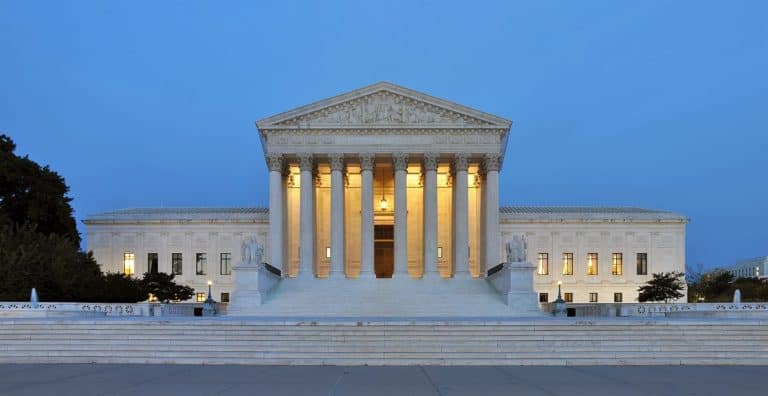Hannah Finnie is a writer in Washington, D.C. interested in the intersections of work and culture. She is a graduate of Harvard Law School.
The Bureau of Labor Statistics (BLS) released its annual data on union membership in the United States Thursday, mostly showing a continuation of existing trends. Overall, union membership declined from 2020 to 2021, although 2020 was a noisy year because of the disproportionate effects of pandemic-related layoffs and shutdowns on union versus non-union jobs (non-union positions were more likely to be cut during the pandemic than union jobs, resulting in a deceivingly high union membership rate). In 2021, the union membership rate was 10.3%, identical to 2019’s union membership rate, but down from 2020’s 10.8% rate. Still, these figures represent a marked decline from 1983, the first year the BLS released this data, when 20.1% of workers were members of a union.
The public sector continues to be much more densely unionized than the private sector, with 33.9% of public sector workers belonging to a union versus just 6.9% of private sector workers. Differences in union membership rates remain between men and women, though this gap has narrowed since 1983. Today, 10.6% of male workers are members of a union, compared to 9.9% of female workers. In 1983, those figures were 24.7% and 14.6%, respectively.
Finally, black workers continued to be more likely to be union members than white, Hispanic, or Asian workers (the categories the BLS names) and nonunion workers still on average make less than union workers ($975/week in median earnings versus $1169/week).
Tellingly, the continued decline in union membership comes alongside the highest positivity rating among the U.S. populace towards union in decades. A Gallup poll from September showed that 68% of Americans approved of unions, which is the highest rating Gallup found towards unions since 1965. This gap between how many people in the U.S. support unions and how many people are in unions is likely the result of how difficult it is to unionize, a battle maybe best represented by the Amazon Bessemer plant’s attempt to unionize in 2021.
In other union news, the union representing the 8,400 King Soopers/Kroger workers striking has reached a tentative agreement with King Soopers. The workers went on strike 10 days ago, and will vote on whether to accept the contract on Monday. Details of the tentative agreement are not yet public.






Daily News & Commentary
Start your day with our roundup of the latest labor developments. See all
July 14
More circuits weigh in on two-step certification; Uber challengers Seattle deactivation ordinance.
July 13
APWU and USPS ratify a new contract, ICE barred from racial profiling in Los Angeles, and the fight continues over the dismantling of NIOSH
July 11
Regional director orders election without Board quorum; 9th Circuit pauses injunction on Executive Order; Driverless car legislation in Massachusetts
July 10
Wisconsin Supreme Court holds UW Health nurses are not covered by Wisconsin’s Labor Peace Act; a district judge denies the request to stay an injunction pending appeal; the NFLPA appeals an arbitration decision.
July 9
the Supreme Court allows Trump to proceed with mass firings; Secretary of Agriculture suggests Medicaid recipients replace deported migrant farmworkers; DHS ends TPS for Nicaragua and Honduras
July 8
In today’s news and commentary, Apple wins at the Fifth Circuit against the NLRB, Florida enacts a noncompete-friendly law, and complications with the No Tax on Tips in the Big Beautiful Bill. Apple won an appeal overturning a National Labor Relations Board (NLRB) decision that the company violated labor law by coercively questioning an employee […]